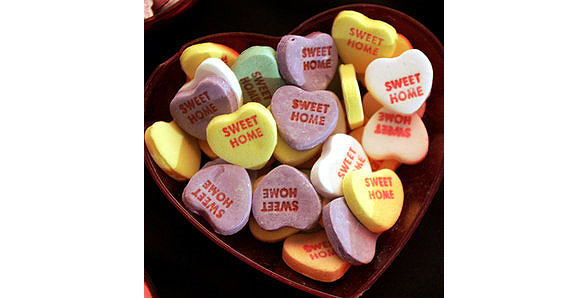
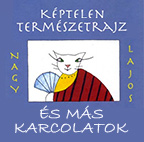 MIKOR LESZ VÉGE A HÁBORÚNAK?Kilenc órakor keltem föl. Elmentem a kávéházba reggelizni.
- Mikor lesz már vége ennek a háborúnak? - kérdezte tőlem a pincér.
- Bizony, sejtelmem sincs róla - feleltem.
Reggeli után a borbélyhoz mentem.
- Lesz-e valaha vége ennek a borzasztó háborúnak? - kérdezte a mester.
MIKOR LESZ VÉGE A HÁBORÚNAK?Kilenc órakor keltem föl. Elmentem a kávéházba reggelizni.
- Mikor lesz már vége ennek a háborúnak? - kérdezte tőlem a pincér.
- Bizony, sejtelmem sincs róla - feleltem.
Reggeli után a borbélyhoz mentem.
- Lesz-e valaha vége ennek a borzasztó háborúnak? - kérdezte a mester. 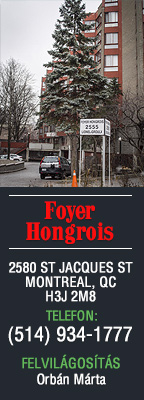
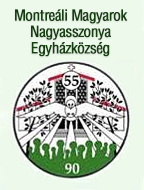

Hulton Archive/Getty Images
Though no one has pinpointed the exact origin of the holiday, one good place to start is ancient Rome, where men hit on women by, well, hitting them.
Those Wild And Crazy Romans
From Feb. 13 to 15, the Romans celebrated the feast of Lupercalia. The men sacrificed a goat and a dog, then whipped women with the hides of the animals they had just slain.
The Roman romantics were drunk. They were naked, says Noel Lenski, a historian at the University of Colorado at Boulder. Young women would actually line up for the men to hit them, Lenski says. They believed this would make them fertile.
The brutal fete included a matchmaking lottery, in which young men drew the names of women from a jar. The couple would then be, um, coupled up for the duration of the festival — or longer, if the match was right.
The ancient Romans may also be responsible for the name of our modern day of love. Emperor Claudius II executed two men — both named Valentine — on Feb. 14 of different years in the 3rd century A.D. Their martyrdom was honored by the Catholic Church with the celebration of St. Valentine's Day.
Later, Pope Gelasius I muddled things in the 5th century by combining St. Valentine's Day with Lupercalia to expel the pagan rituals. But the festival was more of a theatrical interpretation of what it had once been. Lenski adds, It was a little more of a drunken revel, but the Christians put clothes back on it. That didn't stop it from being a day of fertility and love. Around the same time, the Normans celebrated Galatin's Day. Galatin meant "lover of women." That was likely confused with St. Valentine's Day at some point, in part because they sound alike.
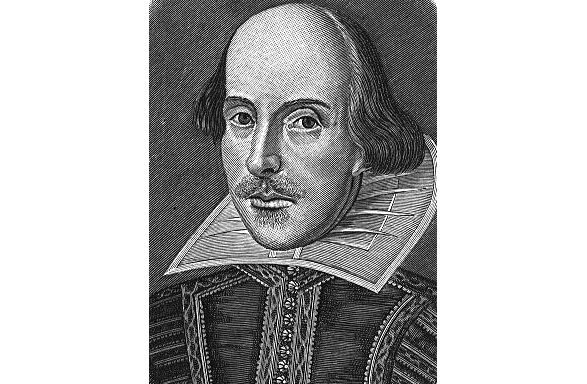
William Shakespeare helped romanticize Valentine's Day in his work, and it gained popularity throughout Britain and the rest of Europe.
Perry-Castañeda Library, University of Texas
Shakespeare In Love
As the years went on, the holiday grew sweeter. Chaucer and Shakespeare romanticized it in their work, and it gained popularity throughout Britain and the rest of Europe. Handmade paper cards became the tokens-du-jour in the Middle Ages.
Eventually, the tradition made its way to the New World. The industrial revolution ushered in factory-made cards in the 19th century. And in 1913, Hallmark Cards of Kansas City, Mo., began mass producing valentines. February has not been the same since.
Today, the holiday is big business: According to market research firm IBIS World, Valentine's Day sales reached $17.6 billion last year; this year's sales are expected to total $18.6 billion.
But that commercialization has spoiled the day for many. Helen Fisher, a sociologist at Rutgers University, says we have only ourselves to blame. This isn't a command performance, If people didn't want to buy Hallmark cards, they would not be bought, and Hallmark would go out of business.she says.
Főkonzul Pritz Helga Katalin
Konzul Kovács-Szabó Timea
Konzul és magyar közösségi ügyek (MKD): Fülöp Villő
Cím: 1155 Metcalfe St., Suite 1504
(Sun Life Building)
Montreal, QC H3B 2V6
Telefon: 438-380-3107
E-mail:
consulate.mtr@mfa.gov.hu
Ügyfélfogadás
Kedd: 9.00-12.00
Csütörtök: 13.00-16.00
Honlap cím: montreal.mfa.gov.hu
Érsek András
Ordre des traducteurs, terminologues et interpretes agréés du Québec , magyar, angol, francia, román
Tel: (514) 781-9768
Fax: (514) 626-0869
Email: itt
693. Jean Talon O.
(Park Extention)
Montreal, H3N 1N1
Tel: (514) 271-1212


